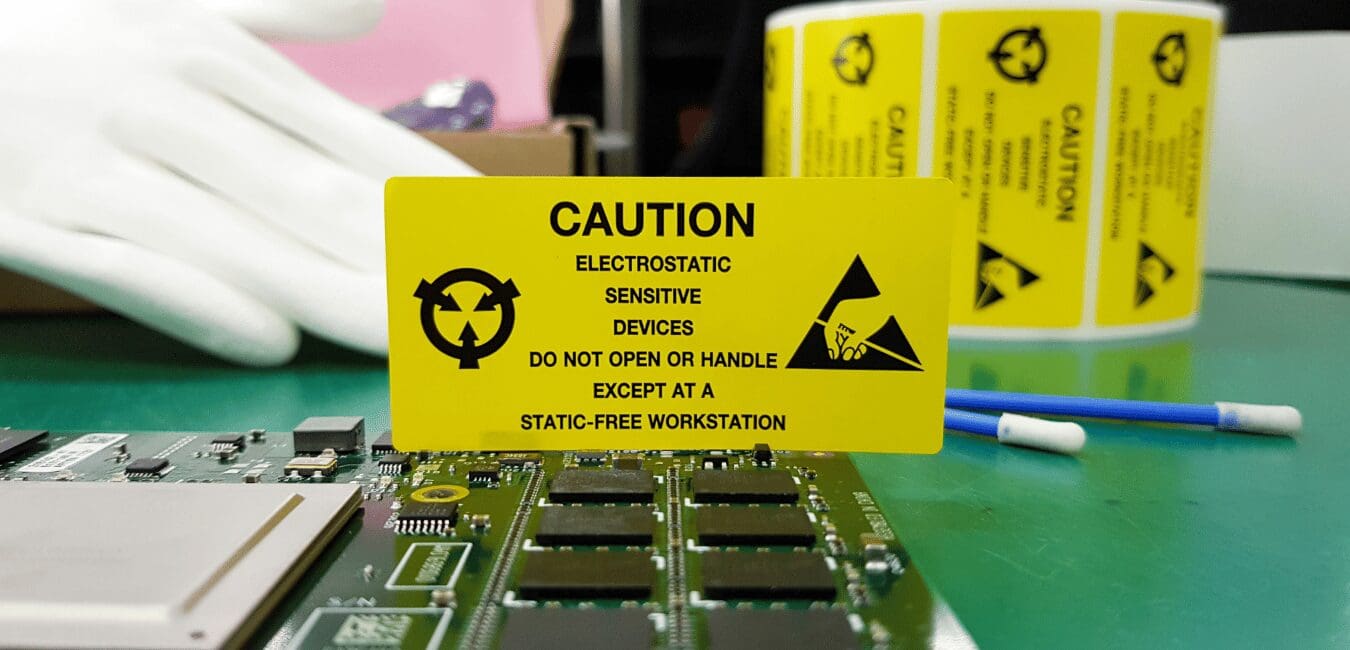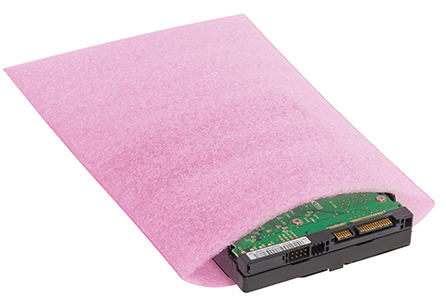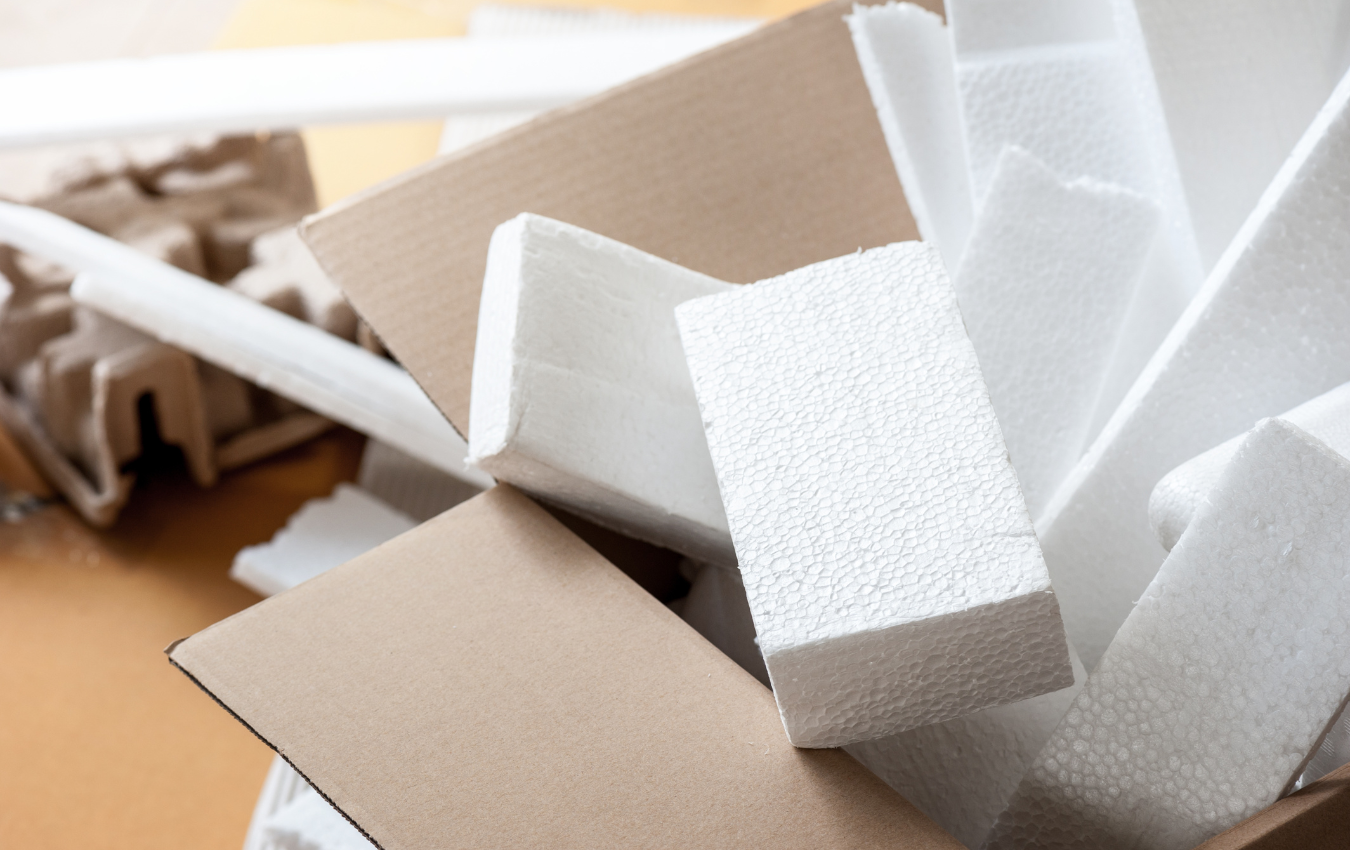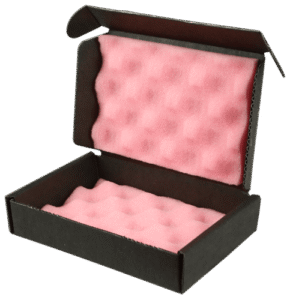Home » Key Insights on Anti-Static Packaging
Key Insights on Anti-Static Packaging

In an era where electronic components and sensitive products are more prevalent than ever, understanding and utilizing anti-static packaging has become essential for businesses. This blog post delves into the significance, types, and considerations of anti-static packaging, highlighting its critical role in protecting sensitive items from static damage.
The Importance of Anti-Static Packaging
Static electricity can be a silent but deadly foe for electronic components and other sensitive products. Even a small amount of static discharge can damage or destroy these items. This is where anti-static packaging plays a pivotal role, by preventing the build-up of static electricity and protecting the products during storage and transportation.
Types of Anti-Static Packaging
- Anti-Static Bags: These are the most common type of anti-static packaging. Made from plastic with an anti-static coating, they prevent the build-up of static inside the bag. Ideal for small electronic parts like RAM, hard drives, and motherboards.
- Conductive Bins and Totes: Used for larger components or for transportation of multiple items, these containers offer a conductive surface that dissipates static charge.
- Foams and Bubble Wraps: Anti-static foam and bubble wrap provide cushioning while also preventing static build-up, making them perfect for delicate or shock-sensitive items.
- Static Shielding Bags: These offer more protection than regular anti-static bags by also protecting the contents from static charges outside the bag.

Why Choose Anti-Static Packaging?
- Protects Sensitive Equipment: The primary purpose is to safeguard electronic components and other static-sensitive products from static damage.
- Reduces Returns and Complaints: By ensuring products arrive in working condition, anti-static packaging reduces the likelihood of returns and customer complaints.
- Compliance with Industry Standards: Many industries mandate the use of anti-static packaging for certain products, making it not just a choice but a compliance issue.

Considerations When Selecting Anti-Static Packaging
- Type of Product: The nature of the product (size, sensitivity to static, value) will determine the type of anti-static packaging needed.
- Cost-Effectiveness: While essential for certain products, anti-static packaging can be more expensive than standard options. Balancing cost with necessity is key.
- Environmental Impact: Some businesses may seek eco-friendly options, as traditional anti-static materials can be less biodegradable.
- Storage and Handling Requirements: Certain anti-static packaging materials may have specific storage or handling requirements to maintain their effectiveness.

Conclusion
Anti-static packaging is a critical component in the safe handling and shipping of electronic and static-sensitive products. Understanding the different types and their appropriate applications can help businesses protect their products, reduce losses, and maintain customer satisfaction. As technology continues to evolve, the importance of anti-static packaging is only set to increase, making it an indispensable part of modern product handling and logistics.
If you are interested in anti-static packaging, then partner with Brown Packaging today to get started.
Corrugated board comes in multiple flute sizes and wall grades, each designed to balance strength, weight, and cost. Selecting the wrong grade can lead to
As tariff changes reshape global trade, packaging buyers moving production from China to the U.S. or nearshore regions face a new challenge: supplier qualification. Transitioning
With new tariff proposals and continued trade uncertainty, 2026 is shaping up to be another pivotal year for packaging sourcing strategy. Many companies that shifted
Following multiple rounds of tariff changes and trade policy adjustments, 2026 marks a turning point for U.S. packaging buyers. Many who previously transitioned from China
Shifting packaging production from China to the U.S. can help stabilize costs, reduce tariff exposure, and shorten lead times. But the transition process requires careful
RSC boxes are known for their efficiency and versatility, but their performance ultimately comes down to strength. Buyers often see numbers like ECT, BCT, and
Home » Key Insights on Anti-Static Packaging

Packaging foam is essential for protecting products against shocks, vibrations, and other potential damages during transportation and storage. Understanding the different types of packaging foam

The fascinating world of protective packaging has seen considerable evolution over the decades. These advancements have been driven by the needs of various industries, emerging

With the rise in accidental medication ingestions by children each year, it has become increasingly important to implement child-resistant packaging. Among various packaging solutions, child-resistant


